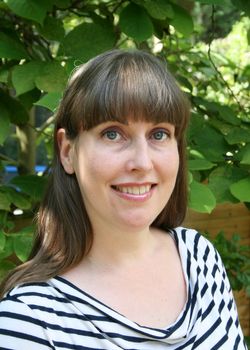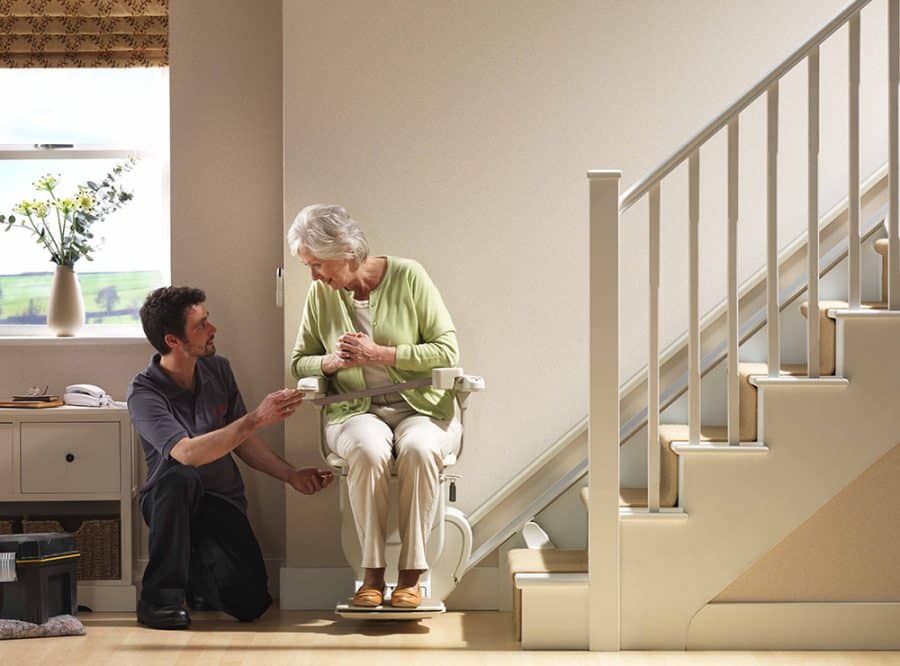Guest article: The importance of eco-design for elderly and disabled people at home
There are many reasons to strive for sustainable home design, but the current fuel price and the cost of living crisis are putting the energy efficiencies of homes for older people and those with disabilities into much sharper focus, according to Vaila Morrison, Inclusive Home Design Expert at Stannah Stairlifts.
Our health and wellbeing are intertwined with the health and wellbeing of our environment. Our immediate environment, like our homes and local communities, and the wider regional and global environment. Many of our choices to live more sustainably are also steps forward in better care of ourselves.
And conversely, the steps we take to improve our homes and communities can help build and sustain happy and safe neighbourhoods and result in happy, healthier people!
The heart of sustainable development is for us to meet our present needs without compromising future generations’ needs.
There are three overlapping aspects: environment, society and the economy. These aspects apply at all different scales. From me looking for an energy-efficient washing machine within my household budget to governments designing strategies to meet the needs of society, and the environment, affordably.
Energy Use
There are many reasons to strive for sustainable home design, but the current fuel price and the cost of living crisis are putting the energy efficiencies of our own homes into much sharper focus.
Aside from the climate crisis reason to consider eco home design, an energy-efficient home should also be hugely beneficial for the people there, from reduced heating and electricity costs to healthier air quality.

Older homes and non-eco-designed homes tend to be expensive and often inconsistent with heat. In addition, older homes can be draughty, and some rooms are impossible to keep warm. Much more senior and, unfortunately, some not so old homes also suffer from condensation and dampness, which can lead to the growth of mould and mildew.
For older and disabled people, who are perhaps more likely to spend more extended periods at home, and more likely to have mobility impairments or health conditions, which result in feeling the cold or being more greatly impacted by poor air quality, there will be specific health benefits from an eco home than can be heated economically and consistently.
Making improvements
Wouldn’t it be fabulous if we could all move into a beautiful new eco-home tomorrow!
Of course, most of us live in those draughty, older existing homes. Still, we don’t despair, and there are plenty of things that can be done to improve the energy performance of existing houses, from quick fixes like draught excluders at outside doors to more major changes like new insulated windows or renewable energy heating systems.
Reducing the heat lost through walls, floors, and roofs is the main way to begin creating an energy-efficient house. Like wearing a hat and gloves, if you lose less heat, you will need less energy (and therefore less fuel) to maintain a comfortable temperature.
Insulation and air-tightness (reduced draughts) are the fundamental solutions in achieving this, but it is also essential to allow some controlled ventilation, ideally with some heat recovery.
Other things might be to choose natural, locally sourced materials (minimizing energy in production or transport) where you make improvements or to invest in solar panels or other forms of renewable energy.
We must remember that energy efficiency is only part of the equation that results in a sustainable home.
Sustainability is more than saving energy
Wellbeing, often mentioned in the context of sustainability, shouldn’t be considered a stand-alone element but should infiltrate everything. On an individual level, our environment, our health, our place in the world, and our financial status (and many other things) can impact our wellbeing.
These aspects of sustainable design sometimes feel overshadowed by discussions about being green. However, a sense of community, health and wellbeing are just as critical to making homes and areas sustainable. After all, buildings, villages, towns and cities are for people. So what good is focusing on being super green if we don’t meet the human needs of the community?
Sustainable neighbourhoods have good connections, access to amenities and opportunities for social interaction. For older and disabled people, being able to be as independent as possible but with easy access to support if needed is of even greater importance.
And very close to my heart is ensuring we consider accessibility and inclusion within the design and planning of our homes.
Inclusive home design means considering how access to and around the house and within rooms can be designed to be flexible throughout a lifetime’s needs and be welcoming to friends and family whose needs may be different to ours.
Sustainability is about all of us, now and in the future.
Vaila Morrison is an architect with a passion for inclusive design and sustainability and a home design expert for stairlift and homelift supplier Stannah Stairlifts.



